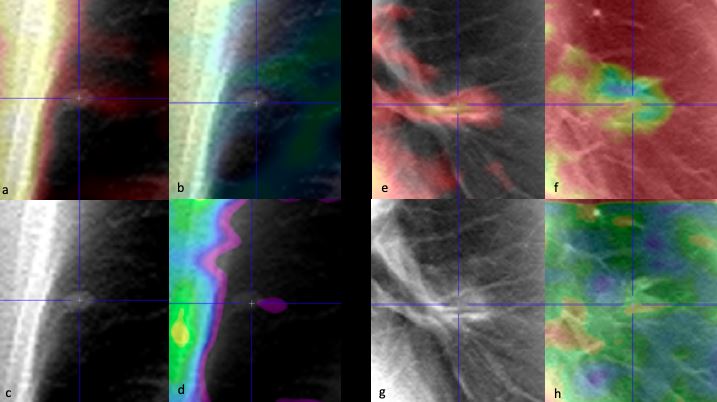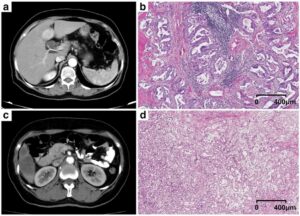Digital tomosynthesis (DTS) could be a realistic alternative to low dose CT for lung cancer screening, in particular for detecting nodules larger than 5 mm. In the past years, within SOS clinical trial we found that the probability of detecting lung cancer with the DTS in a population of heavy smokers older than 45 years was around 1%, a value comparable to the detection rates found in low dose CT screening programs.
DTS, as well as low dose CT, suffers from an intrinsically low positive predictive value (PPV) with a very high negative predictive value (NPV). Within the population of about 2000 subjects that were enrolled in SOS we found indeed a PPV of 0.14 with an NPV of 1.
Considering also the radiological characteristics of the nodules, such as dimension, opacity and calcification, slightly enhanced the PPV to 0.19 with an NPV of 1.
We hence performed radiomic analysis, using PORTS, a MATLAB tool developed by the University of Washington, on the nodules calculating different texture features (namely Haralick features) and trained a neural network to classify them.
When the trained neural network was applied to the subjects enrolled in SOS the PPV increased up to 0.95 without affecting the NPV that was still 1.
We hence think that calculating texture features of the nodules could help the radiologist in discerning malignant from being nodules and we invite colleagues to test our hypothesis within their framework.
Key points
- We investigated several approaches to enhance the positive predictive value of chest digital tomosynthesis in the lung cancer detection.
- Neural network demonstrated to be the best predictor with a nearly perfect PPV.
- Neural network could help radiologists to reduce the number of false positive in DTS.
Authors: Stéphane Chauvie, Adriano De Maggi, Ilaria Baralis, Federico Dalmasso, Paola Berchialla, Roberto Priotto, Paolo Violino, Federico Mazza, Giulio Melloni, Maurizio Grosso & SOS Study team













